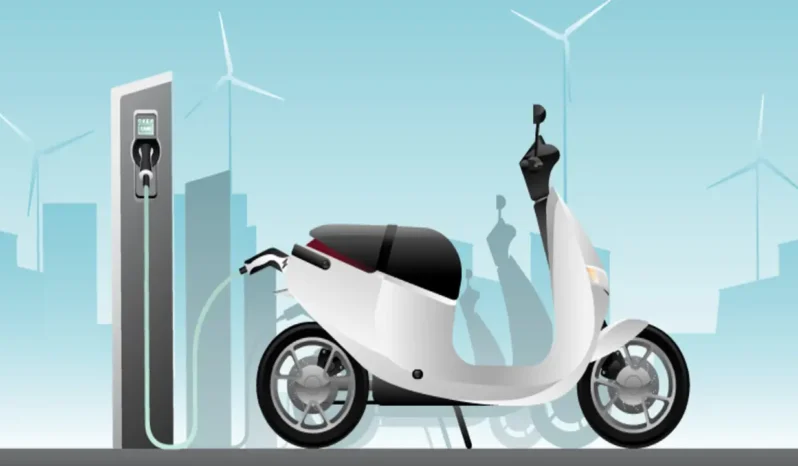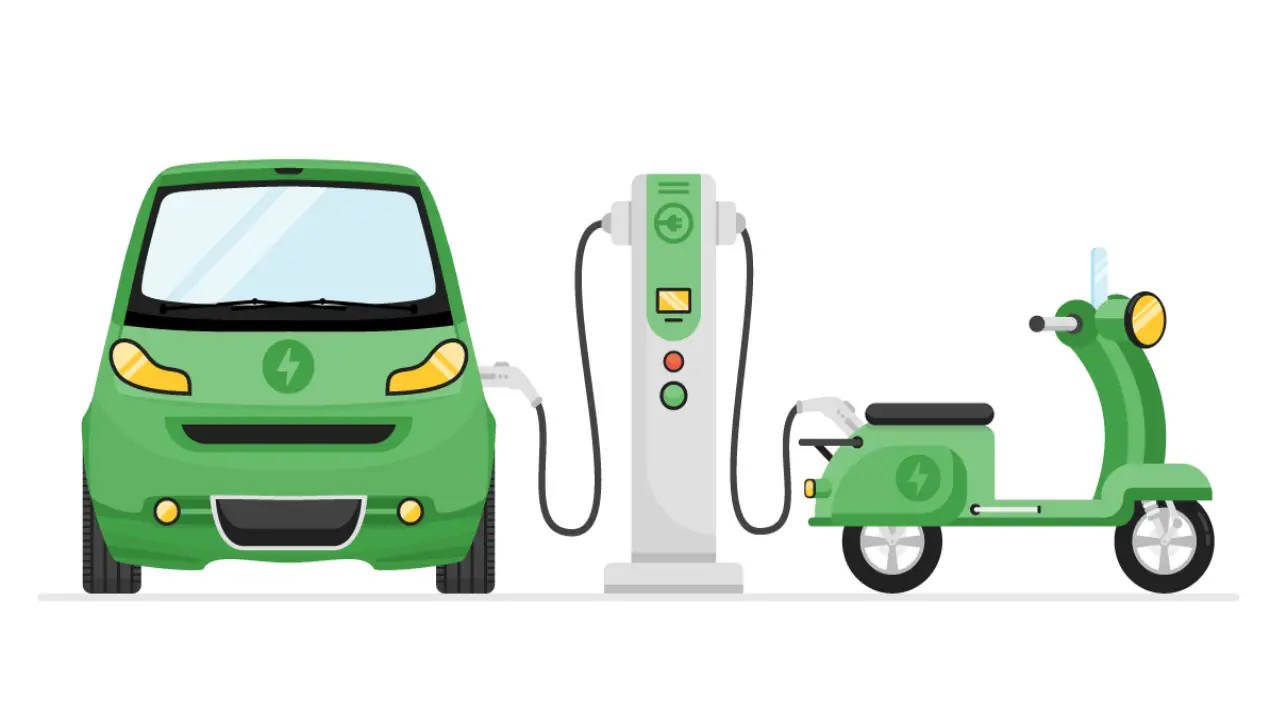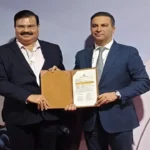The Indian government has announced an expanded incentive program for Indian EV revolution aimed at accelerating local EV manufacturing and luring top global automakers. This comes after setbacks earlier this year, including Tesla’s decision to cancel plans for an Indian manufacturing unit. It aims to ensure a flourishing ecosystem for EVs. Its position as a center for sustainable transportation by adopting a more flexible and inclusive framework.
Revamped India EV Revolution: What’s New?
Defensibility of Existing Infrastructure Inclusivity
- Unlike previous policies, under the new plan, manufacturers qualify even if they prepare their EVs at extant plants. This translates to manufacturers may start the production of EVs without undertaking the high costs of development of new plants.
Domestic Procurement Requirements
- Minimum investment: $500 million in manufacturing of EVs.
- Localization Targets: At least 50% of the parts should come from the country.
- The overall strategy is expected to strengthen local supply chains, reduce dependence on imports, and create jobs across the ecosystem of manufacturing.
Exclusive Production Lines for EVs
- In the case of multi-powertrain facilities, EVs have to be produced on dedicated lines complying with localization standards. It is to make sure that efforts at scale electric mobility are well in place while remaining in line with regulations.
Flexible Investment Periods
- This policy has flexibility with the schedules of investment. Volkswagen has pleaded for a three-phase schedule instead of five years, at least 75% of investments should be made within three years.
Industry Reaction: Optimism and Cooperation End
Increasing incentives have boosted the Indian electric vehicle manufacturing industry. For auto companies, this offers a critical opportunity to become a strong player in the world’s fast growing EV market.
- It seeks clarification on whether investments in separate assembly lines within multi-powertrain plants qualify.
- Hyundai does not know if R&D expenditures qualify toward the $500 million minimum investment requirement.
- Volkswagen appreciated this flexibility in the timeliness of investments and pondered how it would match the strategic priorities at the firm.
India EV Revolution: A Sustainable Future
This speaks to a larger vision of setting India at the forefront of countries in sustainable transportation. By increasing the adoption of EVs and lowering carbon emissions, government is able to address those pressing issues like urban air pollution while driving economic growth. Along with these incentives would supplement even other initiatives, aimed at attracting all the players in introducing EDS through incentives and upgrading all infrastructures.
ELCTRIK Speaks
The Third Step Toward World Leadership Heavily expanding the incentives for EV manufacturing is definitely another bold step toward a self-reliant and globally competitive EV ecosystem. This move by the government would mean fostering local production and attracting international players for sustainable growth and innovation. With all this newfound interest in ‘green’ mobility, India would probably set out to be the world leader in forging tomorrow’s roads.







